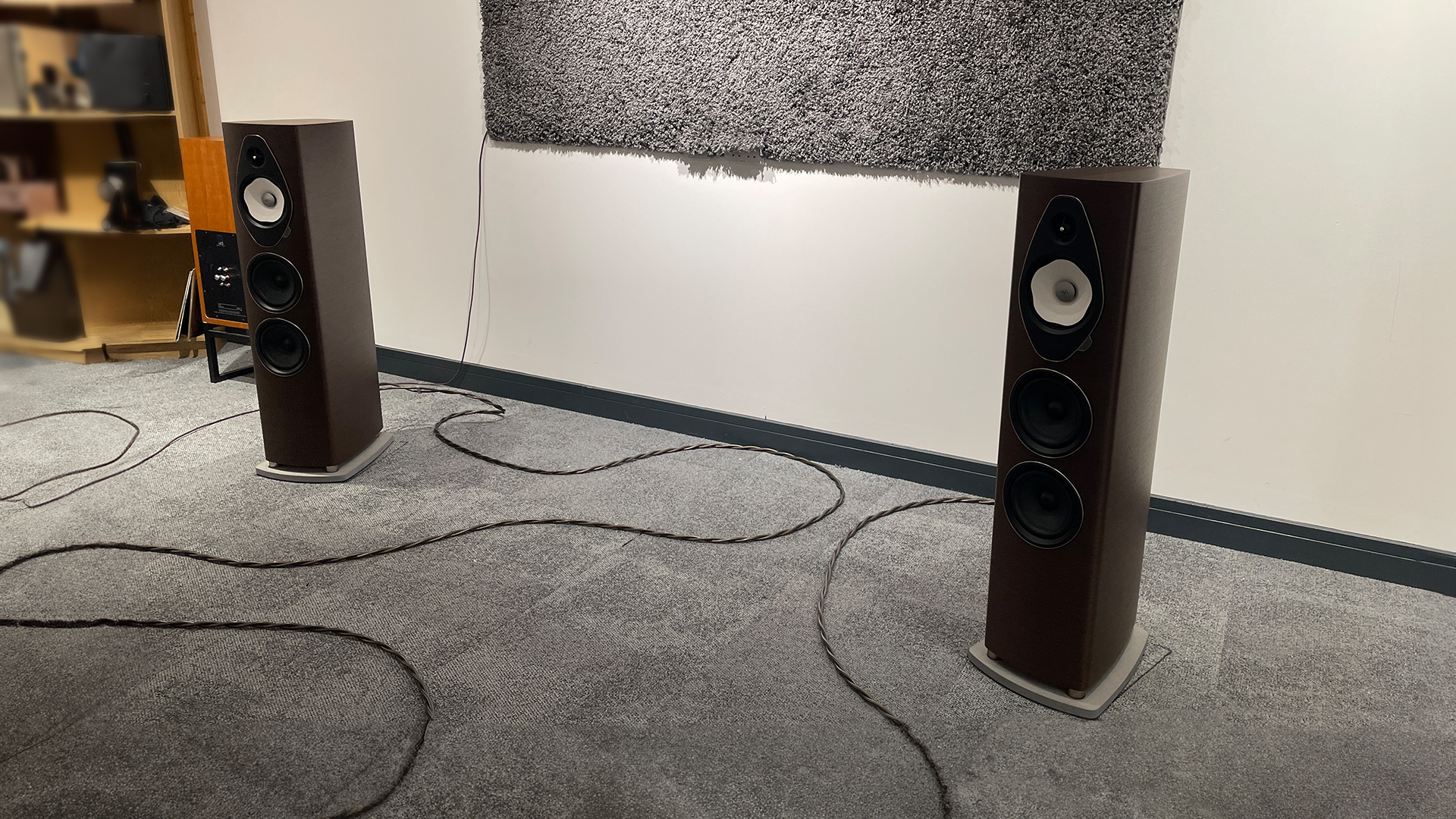What Hi-Fi? Verdict
Sonus Faber’s Sonetto V G2 are elegant and sonically talented performers that are well worth seeking out
Pros
- +
Elegant appearance and classy build
- +
Articulate and free-flowing midrange
- +
Inviting presentation
Cons
- -
Could do with a little more rhythmic precision
- -
Need careful partnering
Why you can trust What Hi-Fi?
Few speaker brands can match Sonus Faber when it comes to visual elegance. We have had a string of high-end floorstanders through our test room over the last few months, but none have managed to look as classy as the Italian company’s new Sonetto V G2 floorstanding speakers.
At almost 109cm tall, these are relatively large boxes, but the blend of curved sides, carefully chosen finishes and some tasteful detailing make them look much less obtrusive in our listening room than expected.
These speakers are part of a seven-strong range that also includes a pair of standmounters, larger and smaller floorstanders, a dedicated centre and a wall-mount option. We chose to test the Sonetto V G2 as it is the most affordable stereo model in the range to include Sonus Faber’s new Camelia midrange driver technology.
Up until now, this tech has only been available in the brand’s flagship speaker system, the Suprema, which retails for around £695,000 / $750,000, so you can understand why we are so keen to have a listen.
Design & engineering
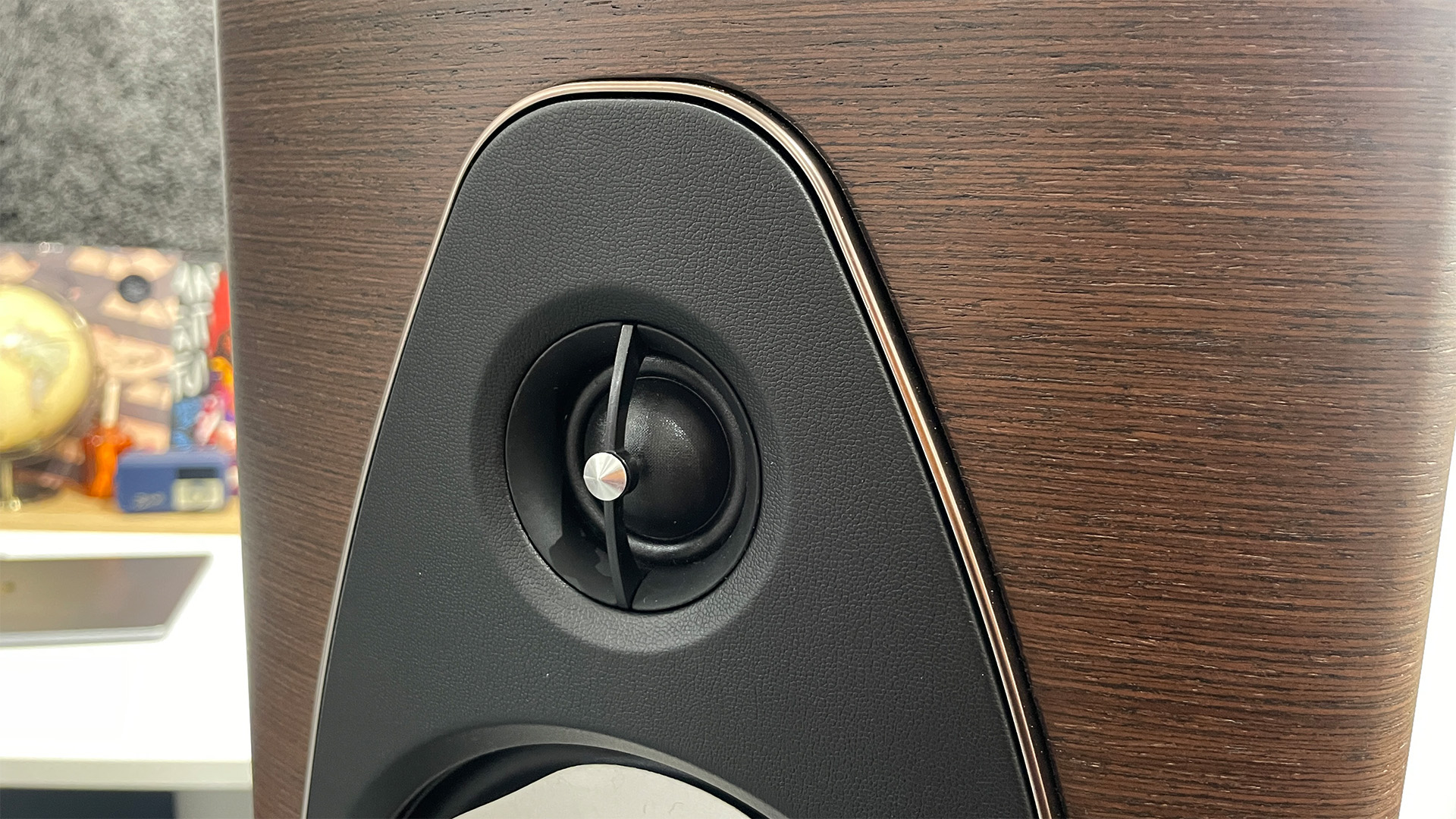
If you are a keen gardener, you will know that Camelia (often spelt with a double l) is a rather pretty flower. The Sonetto V G2’s unpainted, white, paper pulp midrange cone is shaped like its namesake. This distinctive geometry is claimed to avoid the resonances of a conventional circular cone and so produce cleaner, less distorted results. The 16.5cm driver has a solid aluminium phase plug at the centre to help improve dispersion at the top end of its operating range.
If you were to remove the drive unit from the cabinet, you would find it has a dedicated enclosure, too. But, rather than being just a partitioned wooden compartment within the main cabinet, as it would normally be, it is a reinforced curved shell made of cork. The curved shape and choice of material reduce the build-up of internal standing waves and minimise structural resonances.
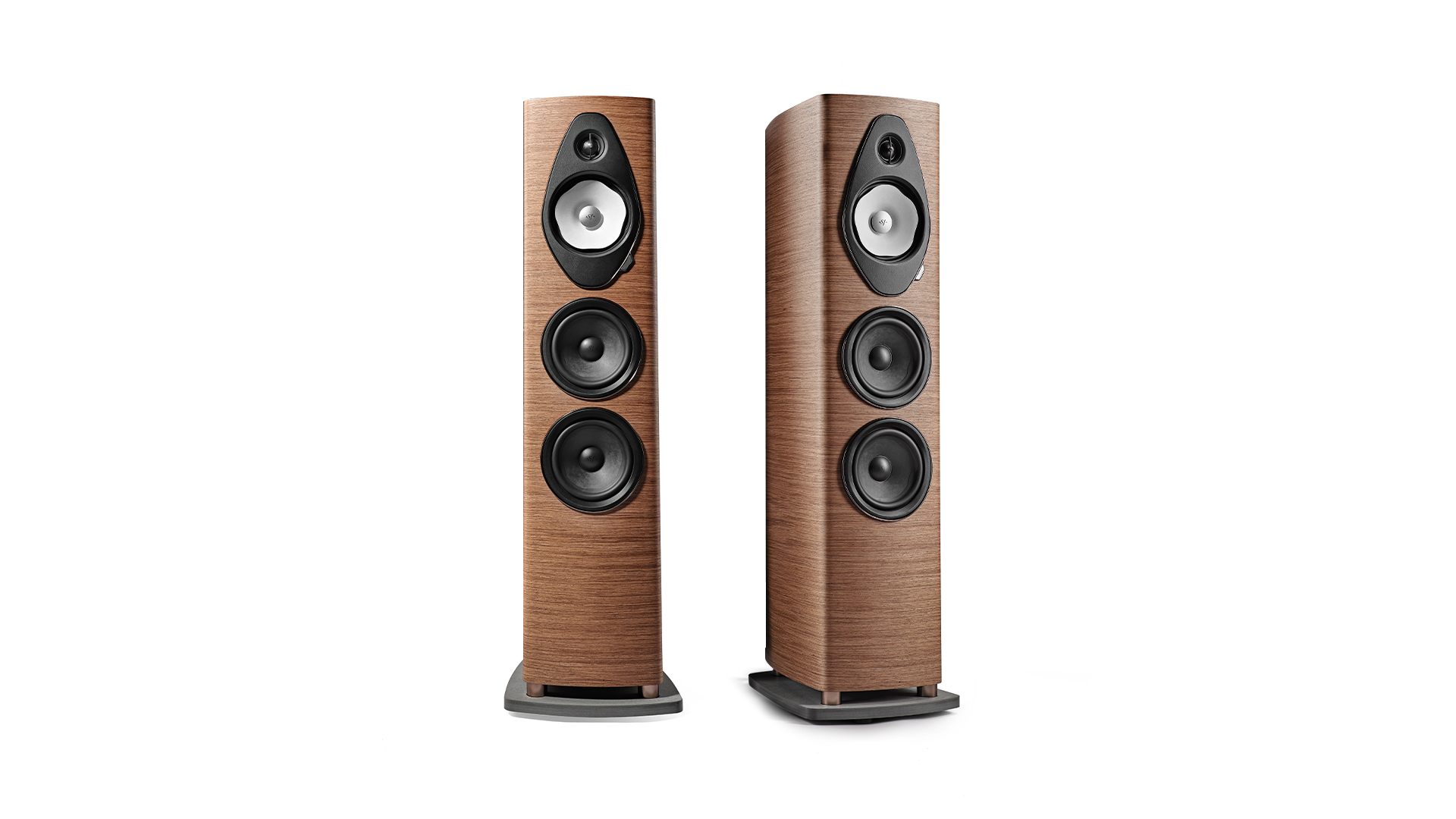
Type Three-way floorstanders
Drive units 28mm D.A.D tweeter, 16.5cm Camelia midrange, 2 x 165mm bass drivers
Ported? Yes (downward)
Bi-wire? Yes
Impedance 4 ohms
Sensitivity 89dB
Dimensions (hwd) 108.8 x 30.8 x 41.5cm
Weight 33.4 kg
Finishes x 3 (walnut, wenge, black)
As the signal’s frequency rises, the midrange crosses over to a 28mm silk dome tweeter at a fairly conventional 2.5kHz. This tweeter uses Sonus Faber’s unusual Damped Apex Dome (D.A.D.) technology, where the movement of the dome centre, the part that is least well controlled, is restricted by a small damping cone that’s supported by the metal band that sits vertically over the driver. The advantages of D.A.D. are claimed to be reduced distortion and great clarity.
The latest hi-fi, home cinema and tech news, reviews, buying advice and deals, direct to your inbox.
Those formidable-looking twin 16.5cm bass drivers take over below 280Hz. These also use paper pulp cones and their surround mirrors the Camelia flower shape seen on the mid/bass. If nothing else, it looks aesthetically elegant. The advantages here are claimed to be better-controlled resonance modes and improved sound dispersion.
These drivers are tuned by a large downward-firing port that fires into the space between the base of the cabinet and the Sonetto V’s unusual and impressively rigid concrete plinth. This kind of porting arrangement should make the speakers less fussy about room placement than a typical rear-firing design would. This rings true in use, with the speakers sounding relatively well balanced in our 3 x 7 x 5m (hwd) test room when placed as close as 30cm from the rear wall.
That said, they still perform best when given more room to breathe and shine brightest when placed around a metre into the room and well away from side walls. A touch of angle towards the listening position solidifies their stereo imaging.
Build & compatibility
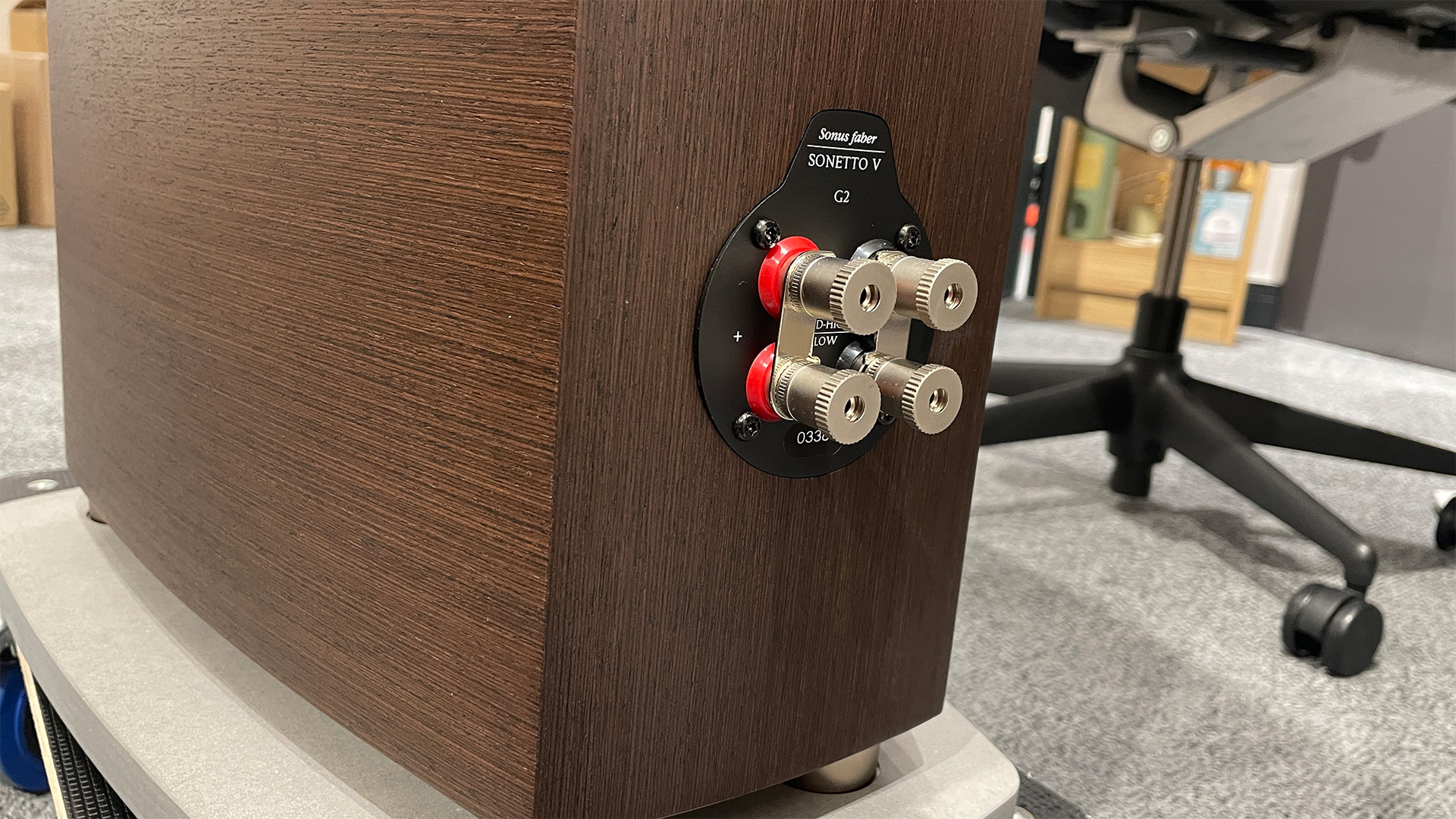
Overall build quality is excellent. These towers feel solid and are finished with obvious care. We love the effort Sonus Faber has put into the cosmetics and touches, such as the inlaid badging on the top panel, or the offset branding on the side of the Camelia midrange module – they look so classy. These speakers come in a choice of three finishes (walnut, black and wenge) and they all look good to our eyes.
The Sonetto V G2 aren’t the easiest of electrical loads. They have a nominal impedance of 4 ohms, which suggests an amplifier with a bit of grunt is necessary, though their sensitivity is fine at a claimed 89dB/W/m. Their sonic character isn’t particularly forgiving of recording quality or partnering system either, so we suggest matching them with smooth and refined electronics. Get it wrong and these towers can easily sound a little aggressive and edgy.
Our amplification during the test process is predominantly our reference Burmester 088/911 MkIII combination, but we also press PMC’s Cor integrated into service with good results. The main sources are the Naim ND555/555 PS DR music streamer and the Vertere SG-1/XtraX record player, and the connecting cables are premium offerings from Chord Company and Vertere.
Sound
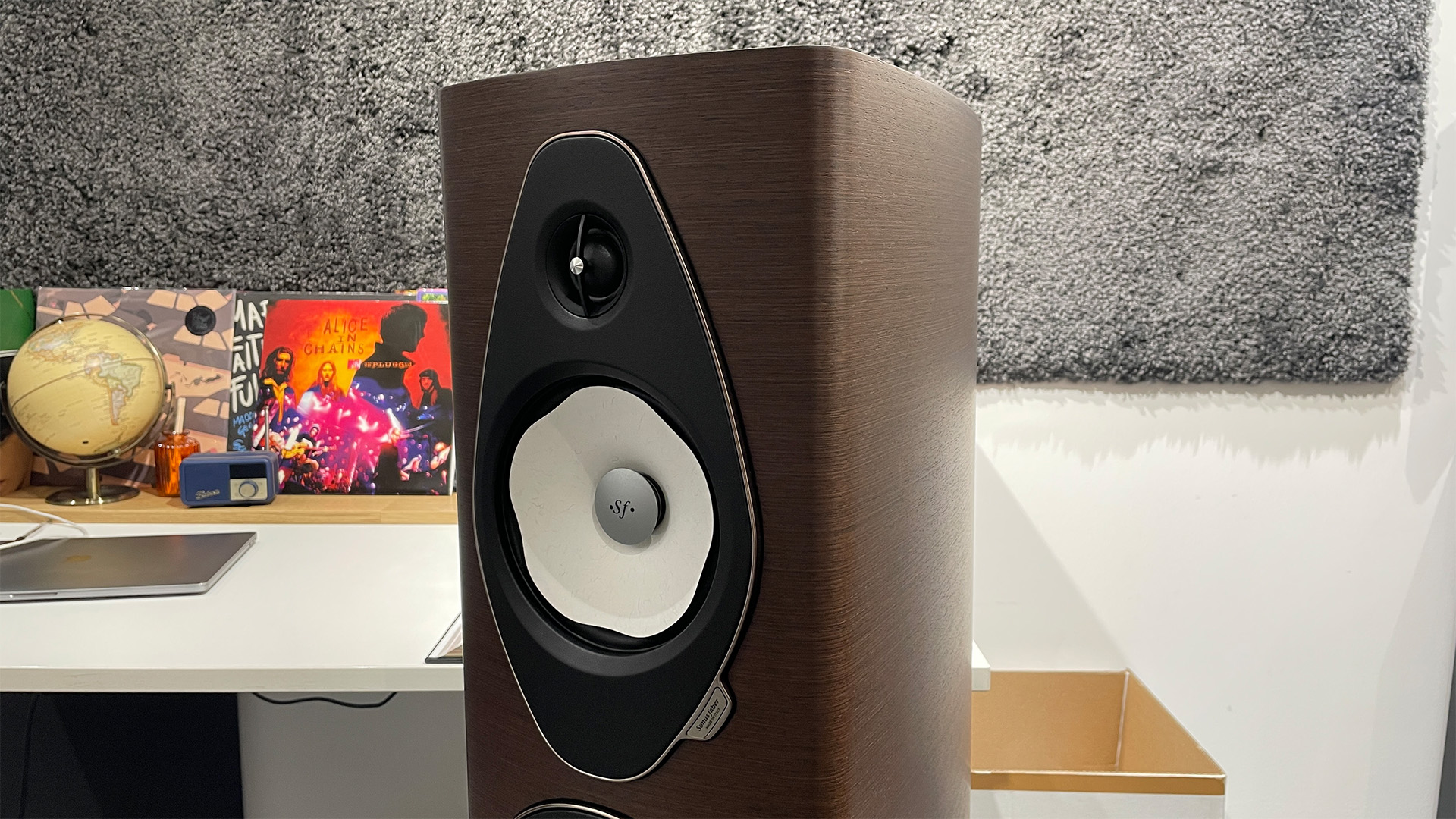
These are easy speakers to like. They are articulate and detailed, particularly through the midrange, but also have the muscularity to monster through Hans Zimmer’s The Dark Knight OST without stress. Those twin bass drivers and the generous cabinet dimensions suggest plenty of bass, and we are not disappointed.
As we listen to Like a Dog Chasing Cars we can’t help but sit back and admire the Sonetto V’s low frequency reach and punch. These floorstanders deliver the track’s seismic lows with composure and a reasonable amount of tautness.
They can play loud too. Provided the partnering amplifier has enough grunt, we doubt that there will be many domestic situations where these towers struggle to deliver the volume levels required. We certainly gave up before they did in our 3 x 7 x 5m (hwd) test room.
The Dark Knight’s savage dynamic swings are delivered with enthusiasm while smaller, more subtle shifts in intensity are still rendered with care. While this is not a speaker design that only deals in broad strokes, comparison with our reference ATC SCM 50, and smaller, cheaper standmount alternatives such as the Epos ES-14N, shows that even greater finesse and insight are possible when rendering instrumental textures and dynamic nuances.
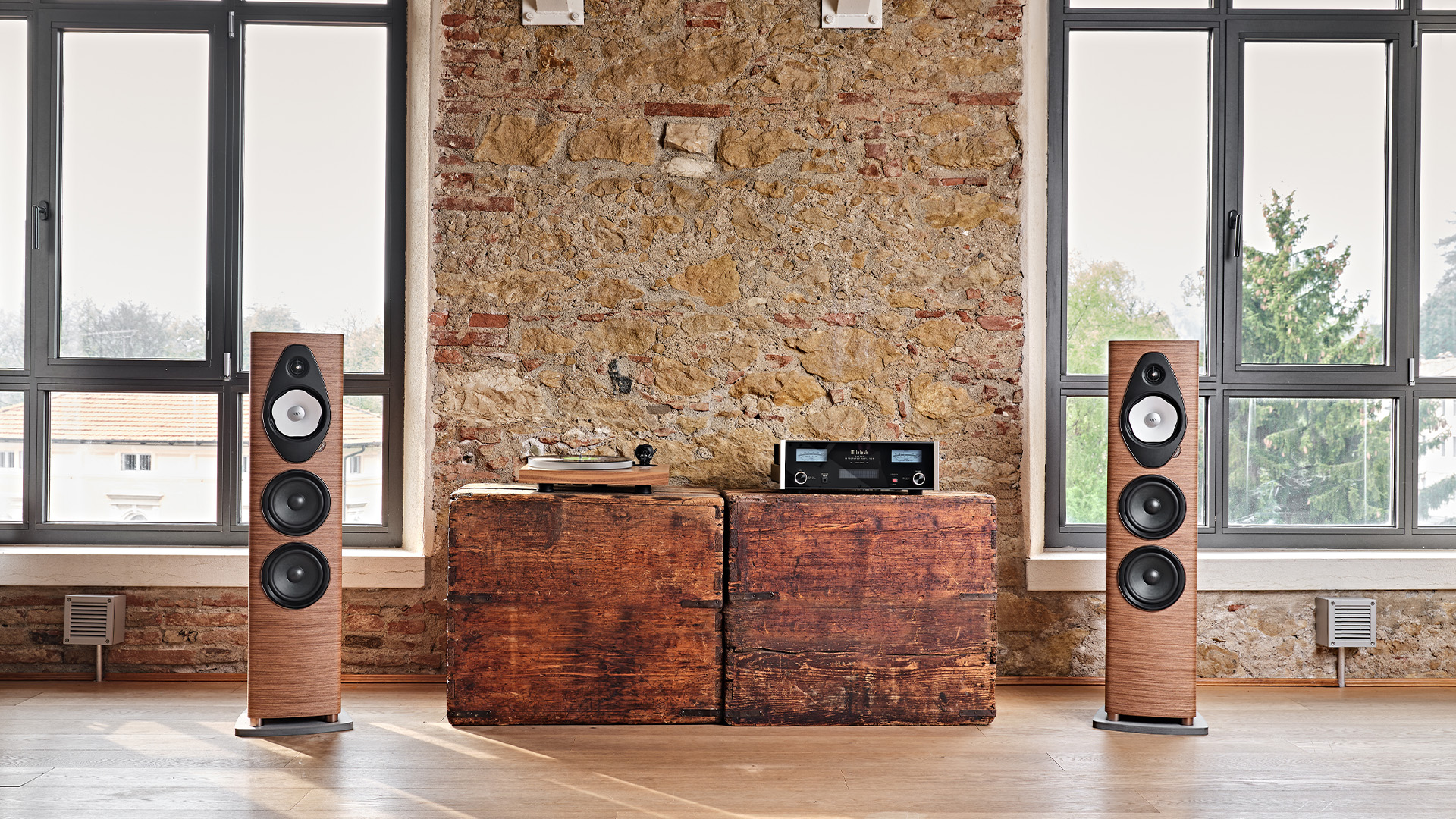
Of course, the main technical highlight of these speakers is that Camelia midrange unit, and we are pleased to report that it doesn’t disappoint. As we listen to Mount The Air by The Unthanks, it is easy to appreciate the articulation and fluidity of the group’s distinctive voices. There is a good amount of information and it all fits together in a cohesive and musical way.
The result is that we are pulled into the performance and the emotion of the music rather than left analysing it in a cold and calculated way.
Provided these floorstanders are partnered with care, there is a good level of refinement, though probably a little too much sonic character to be called strictly neutral in terms of tonality. We don’t mind that so much as long as they communicate the music’s emotional message well, which they do on the whole.
True, their stereo imaging isn’t the most ‘out of the box’, and they don’t lead the class when it comes to communicating the rhythmic drive of songs such as Michael Jackson’s Jam either, but these shortcomings are relatively easy to forgive as we are still having fun.
Verdict
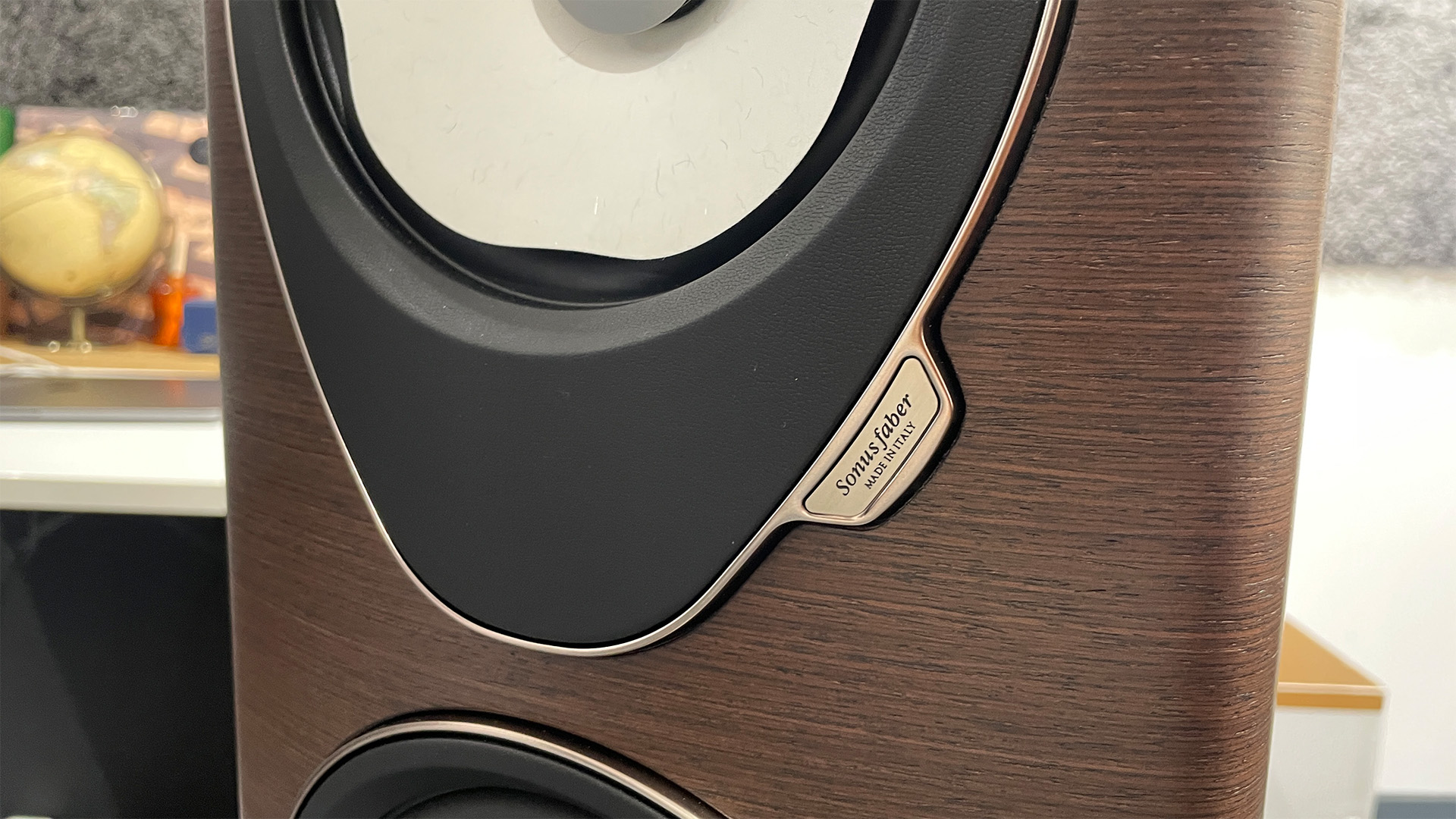
While these Sonus Fabers aren’t brilliant all-rounders, they have a broad enough spread of talents to make them well worth considering. The Sonetto V G2 are beautifully made and styled with a panache that few rivals can match. Add to that their sonic scale, powerful bass and rather lovely midrange, and you have a serious contender.
Review published: 21st April 2025
SCORES
- Sound 4
- Build 5
- Compatibility 4
MORE:
Read our review of the ATC SCM 40
Also consider the ProAc Response D20R
Best floorstanding speakers: budget to premium models tested by our experts

Ketan Bharadia is the Technical Editor of What Hi-Fi? He has been reviewing hi-fi, TV and home cinema equipment for almost three decades and has covered thousands of products over that time. Ketan works across the What Hi-Fi? brand including the website and magazine. His background is based in electronic and mechanical engineering.
- Kashfia KabirHi-Fi and Audio Editor
You must confirm your public display name before commenting
Please logout and then login again, you will then be prompted to enter your display name.
